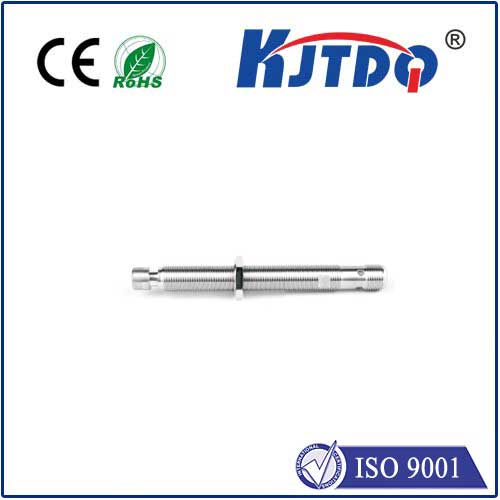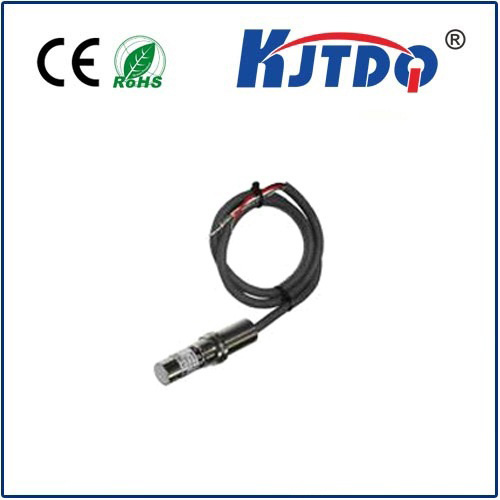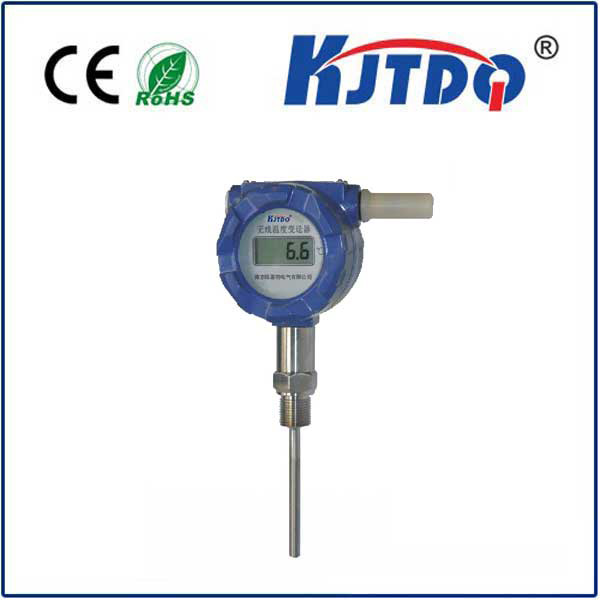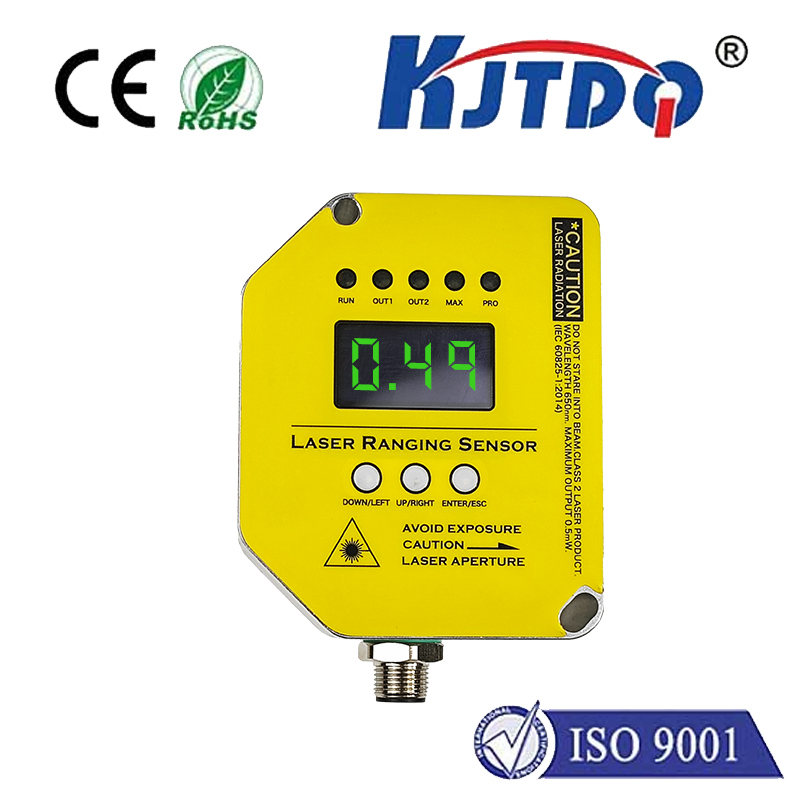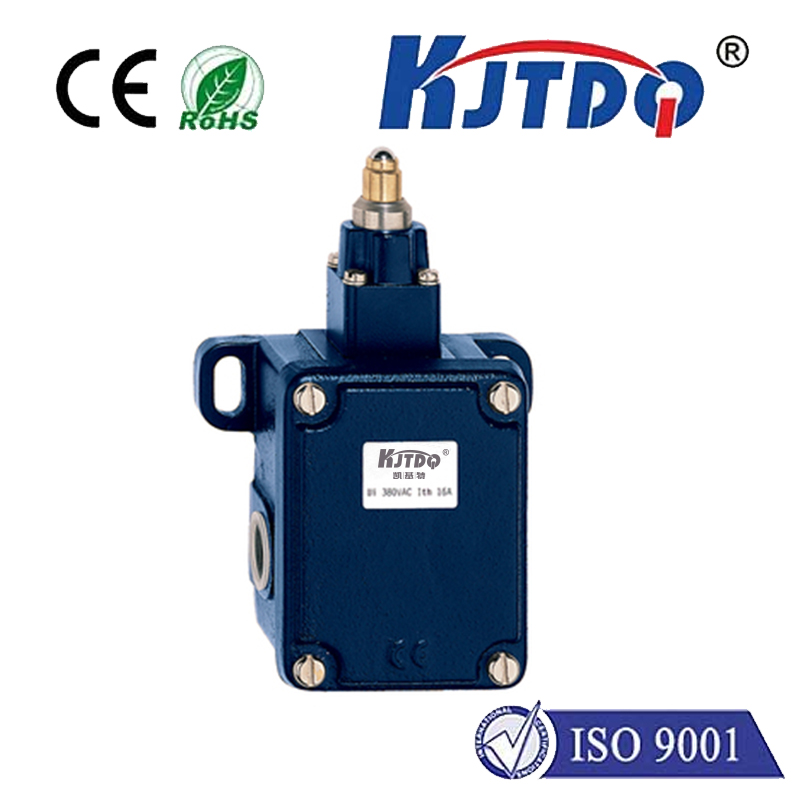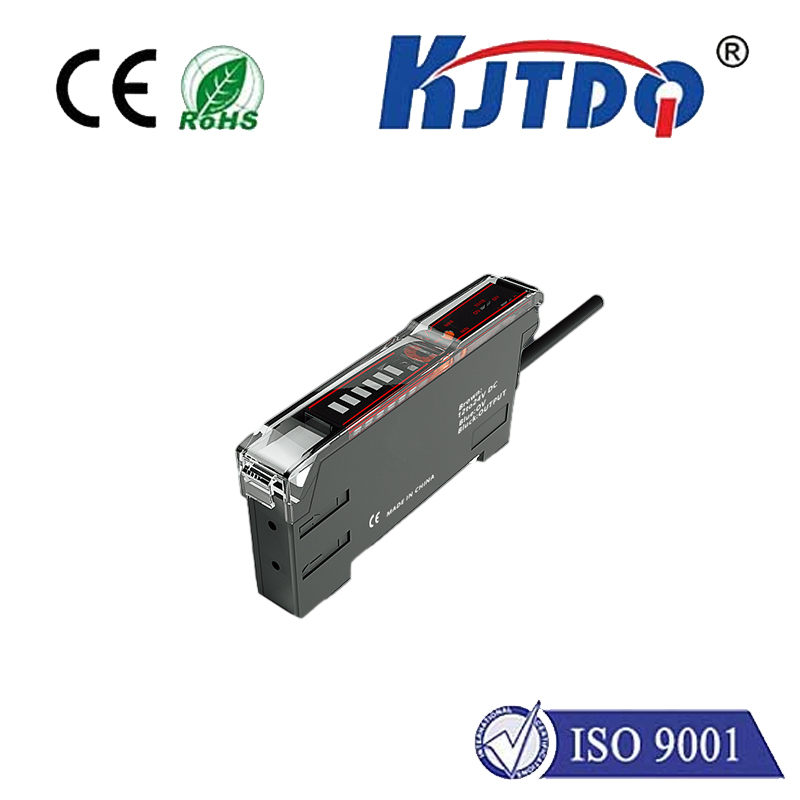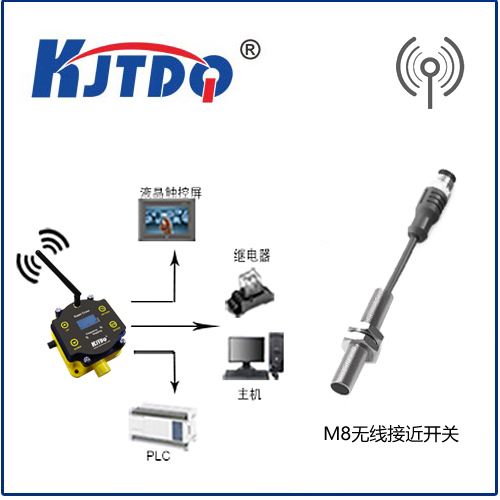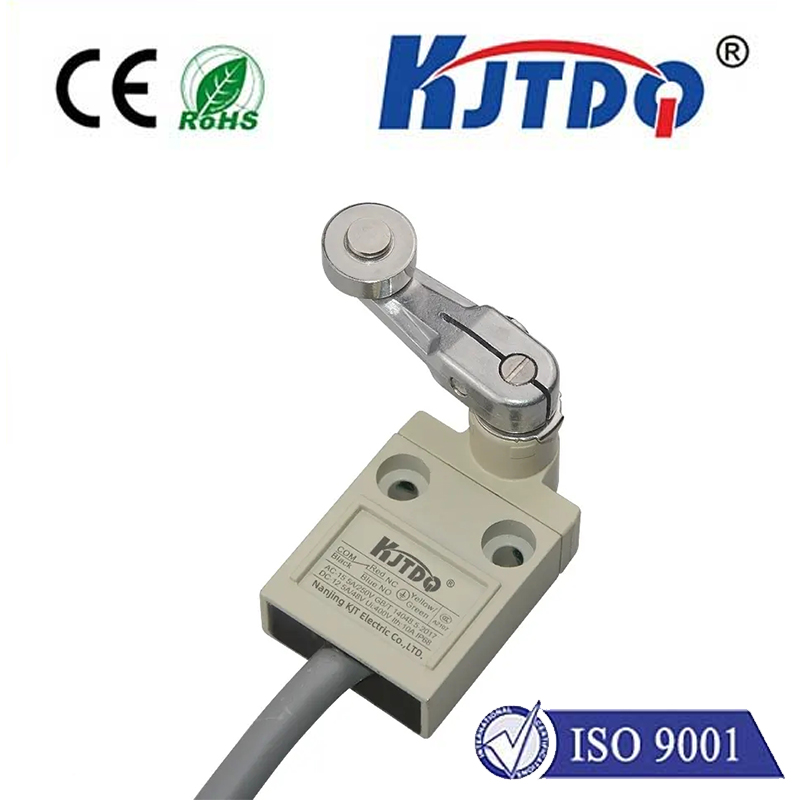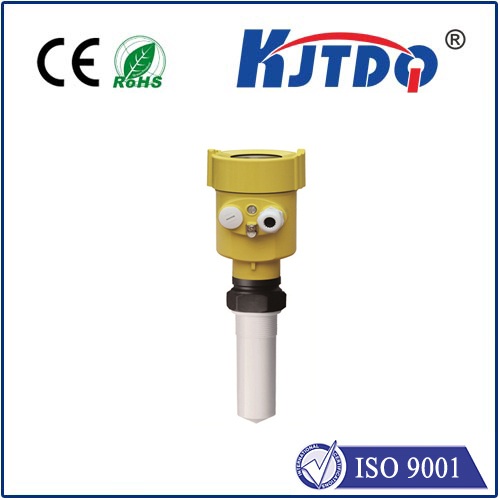

check

check

check

check

check

check

check

check

check

check
Magnetic reed proximity sensors, also known as MRPSs, have been around for more than five decades. However, their applications only started to gain momentum in recent years, particularly in the Internet of Things (IoT) industry. In this article, we will explore the technology behind magnetic reed proximity sensors and their various applications in different sectors.
Section 1: What are Magnetic Reed Proximity Sensors?
Magnetic reed proximity sensors work by using a small magnet that attracts or repels a lightweight reed. When an object is placed in front of the sensor, the reed experiences a force that changes its position, causing a change in the electrical signal generated by the sensor. This signal can be used to determine the distance between the object and the sensor.
Section 2: Principles Behind Magnetic Reed Proximity Sensors
The basic principle behind magnetic reed proximity sensors is based on the interaction between a magnet and a small reed. The reed has two parallel wires that are separated by a small gap. When a current flows through these wires, it creates a magnetic field that interacts with the external magnetic field produced by the permanent magnet. If an object passes between the two fields, it causes a change in the magnetic field, which alters the electrical signal generated by the sensor.
Section 3: Applications of Magnetic Reed Proximity Sensors
Magnetic reed proximity sensors have numerous applications across different sectors, including manufacturing, automotive, healthcare, and home automation. In manufacturing, these sensors are used to track the movement of machines and equipment, ensuring proper maintenance and minimizing downtime. In automotive industries, they are used to detect objects like pedestrians or other vehicles, improving safety features such as automatic braking systems or adaptive cruise control. In healthcare, they are used for non-invasive monitoring of vital signs and patient positioning. Finally, in home automation, these sensors can be used to detect when individuals enter or exit certain areas, triggering appropriate actions like turning on/off lights or adjusting temperature settings.
Conclusion:
Magnetic reed proximity sensors have come a long way since their invention in the 1960s, and their applications continue to expand at a rapid pace. With their ability to detect distance and motion accurately and quickly, they have become essential components in many modern IoT devices. As technology continues to evolve, it will be interesting to see how magnetic reed proximity sensors evolve and contribute to shaping the future of the IoT industry.
